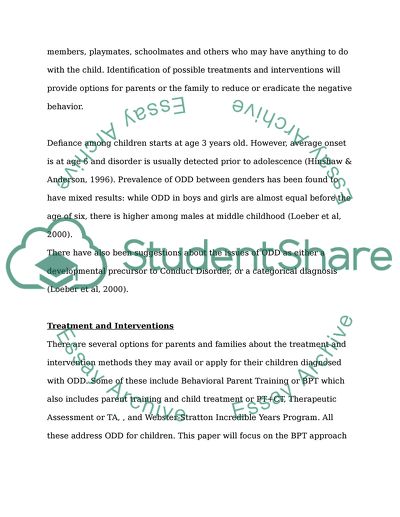Cite this document
(“Available Intervention and Treatment for Oppositional Defiant Disorder Term Paper”, n.d.)
Retrieved de https://studentshare.org/psychology/1392606-oppositional-defiant-disorder-in-young-children
Retrieved de https://studentshare.org/psychology/1392606-oppositional-defiant-disorder-in-young-children
(Available Intervention and Treatment for Oppositional Defiant Disorder Term Paper)
https://studentshare.org/psychology/1392606-oppositional-defiant-disorder-in-young-children.
https://studentshare.org/psychology/1392606-oppositional-defiant-disorder-in-young-children.
“Available Intervention and Treatment for Oppositional Defiant Disorder Term Paper”, n.d. https://studentshare.org/psychology/1392606-oppositional-defiant-disorder-in-young-children.


